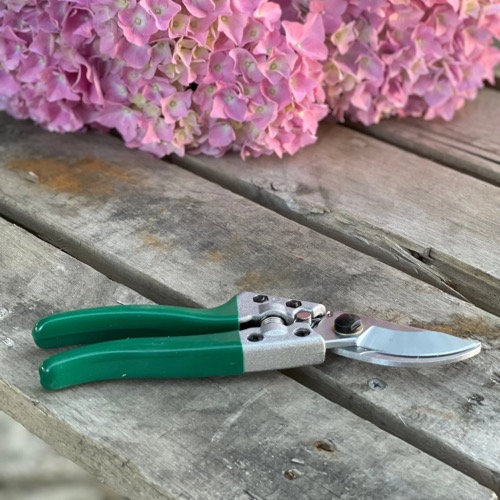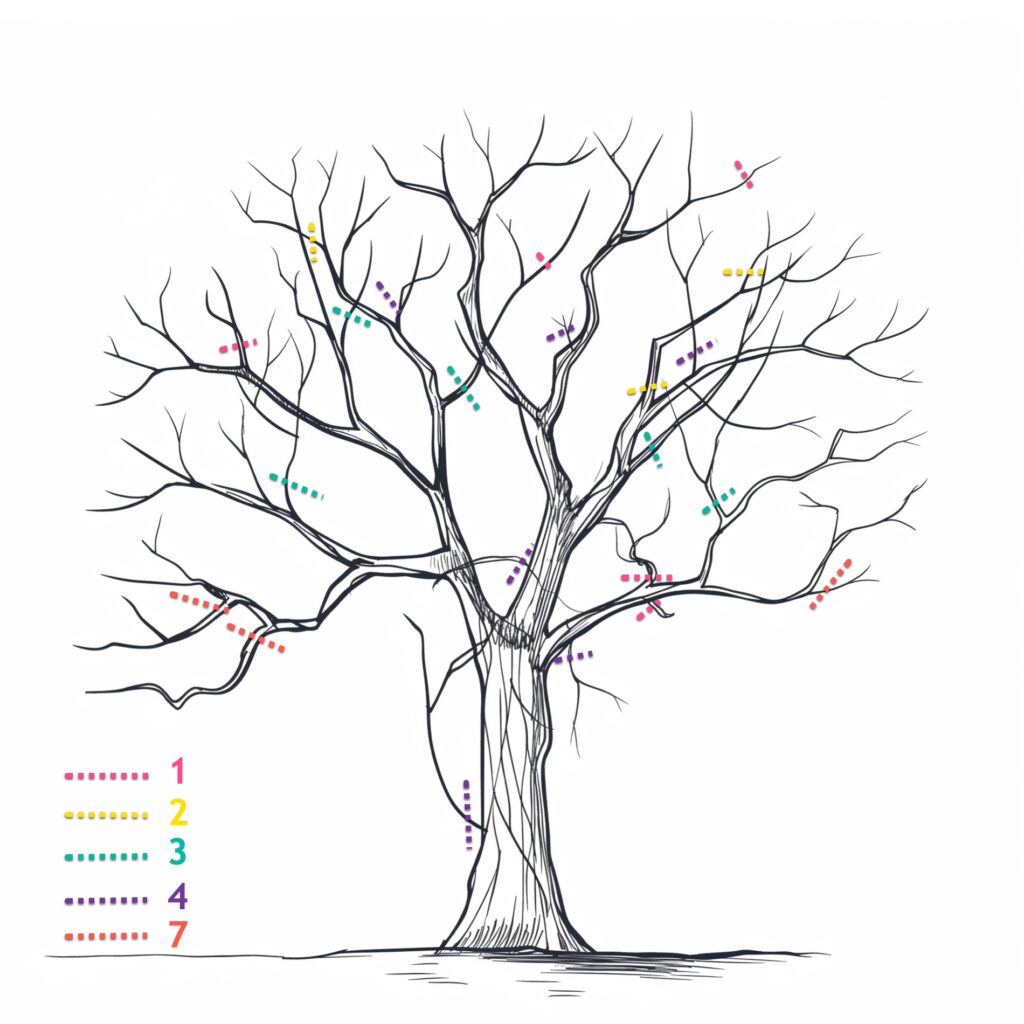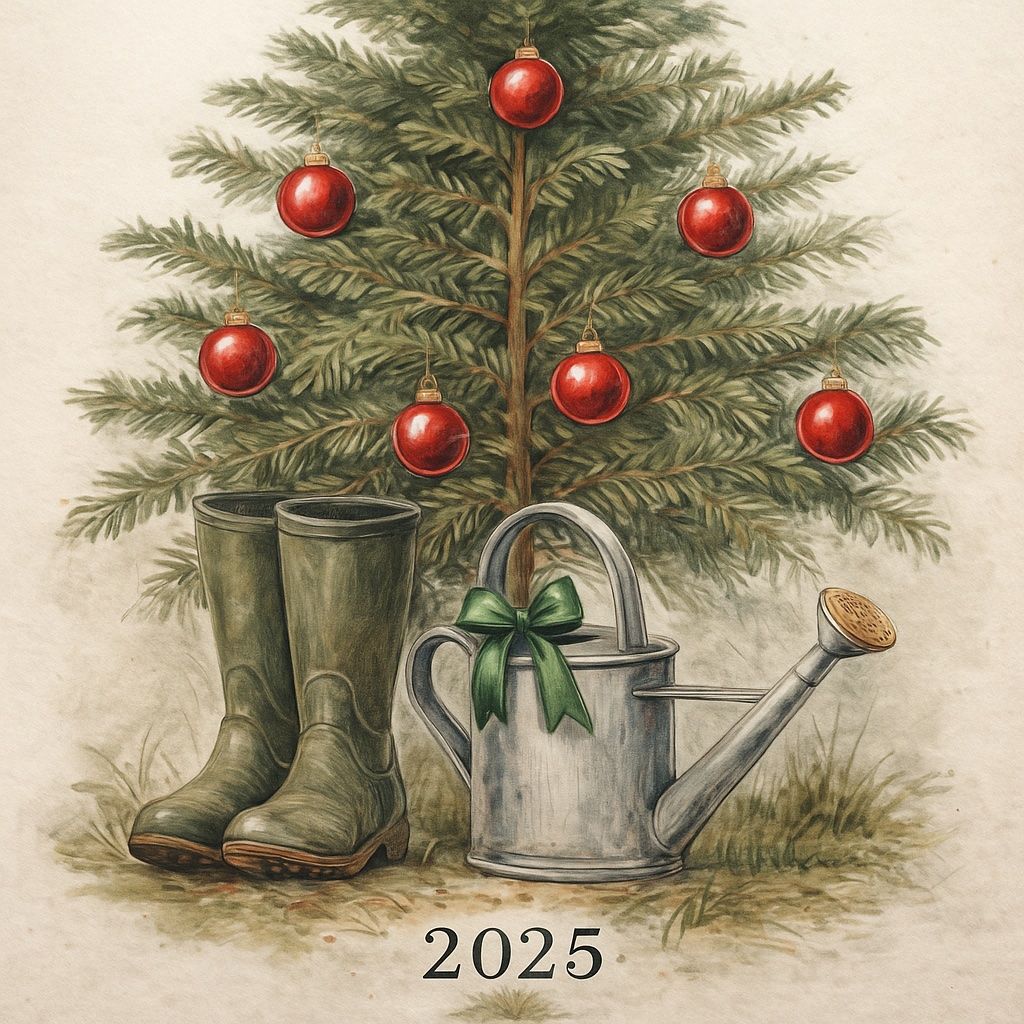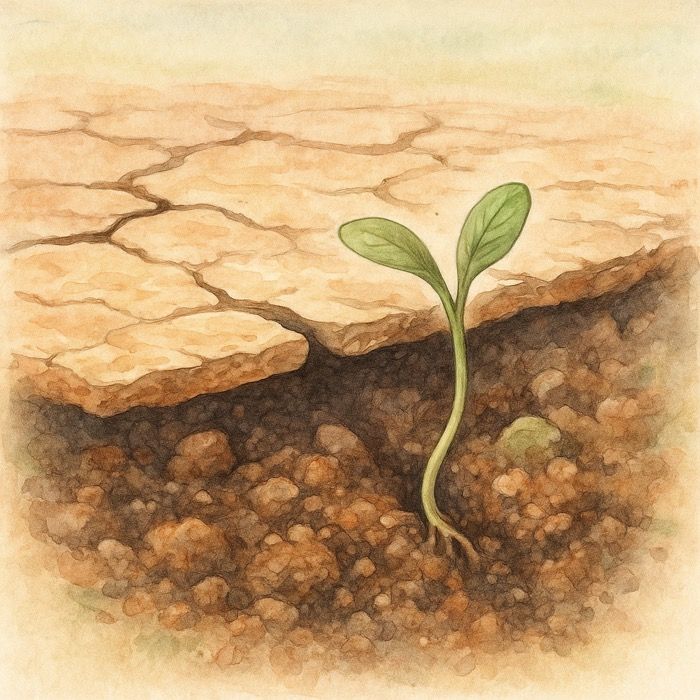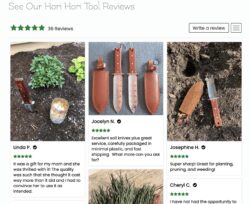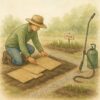Comprehensive Pruning Guide for Trees and Shrubs
Introduction to Pruning
Pruning is an essential practice for maintaining the health, appearance, and safety of your trees and shrubs. Proper pruning techniques can promote vigorous growth, enhance flowering and fruiting, improve air circulation, and prevent disease. Whether you’re looking to shape young trees, manage mature specimens, or care for ornamental shrubs, understanding when and how to prune is crucial. This guide provides comprehensive steps and expert tips on tree and shrub pruning, ensuring your plants remain robust and beautiful throughout the seasons. Dive into our detailed pruning methods to learn the best practices and make informed decisions for your garden’s well-being.
When to Prune Trees and Shrubs
Knowing the optimal time to prune your trees and shrubs is critical for their health and growth. Pruning at the right time can promote vigorous growth, prevent the spread of diseases, and enhance flowering and fruiting. Here is a comprehensive guide on when to prune various types of trees and shrubs, complete with a detailed table for quick reference.
General Pruning Time Guidelines
- Winter Pruning: Most trees and shrubs benefit from pruning during their dormant season, typically in late winter before new growth begins. This timing minimizes stress and allows for robust spring growth.
- Spring Pruning: Some flowering trees and shrubs should be pruned immediately after they finish blooming in spring. This prevents cutting off the buds that will produce the next season’s flowers.
- Summer Pruning: Light pruning in summer can help control growth and direct the shape of the plant. However, avoid heavy pruning during this time as it can stress the plant.
- Fall Pruning: Generally, avoid pruning in the fall as this can stimulate new growth that is vulnerable to winter damage.
Here is a comprehensive table detailing the best times to prune 20 commonly asked-about trees and shrubs, listed alphabetically for easy reference.
| Tree/Shrub Type | Best Time to Prune | Notes |
|---|---|---|
| Apple Trees | Late winter to early spring | Prune before buds break. Avoid pruning in fall. |
| Azaleas | Right after blooming in spring | Prune to maintain shape and size. |
| Blueberry Bushes | Late winter to early spring | Prune to remove old wood and encourage new growth. |
| Camellias | Depends on species | Prune sasanquas in late winter, japonicas in spring after blooming. |
| Cherry Trees | Late winter to early spring | Prune before buds break. Avoid pruning in fall. |
| Crape Myrtles | Late winter to early spring | Prune to shape and control size. |
| Dogwood Trees | Early spring | Prune before new growth starts. |
| Evergreen Shrubs | Late winter to early spring | Light pruning can be done anytime. |
| Fig Trees | Late winter to early spring | Prune before new growth starts. |
| Grapevines | Late winter | Prune to maintain structure and productivity. |
| Hydrangeas | Depends on species | Prune old wood bloomers in summer after flowering. Prune new wood bloomers in late winter to early spring. |
| Lilacs | Immediately after blooming in spring | Prune to shape and remove old wood. |
| Magnolia Trees | Mid-summer | Prune after blooming has finished. |
| Maple Trees | Mid to late summer | Prune after leaves are fully developed. |
| Oak Trees | Late winter | Prune to avoid oak wilt disease. |
| Peach Trees | Late winter to early spring | Prune before new growth starts. |
| Pear Trees | Late winter to early spring | Prune before buds break. Avoid pruning in fall. |
| Plum Trees | Late winter to early spring | Prune before buds break. |
| Rose Bushes | Late winter to early spring | Prune before new growth. |
| Rhododendrons | Right after blooming | Light shaping can be done in summer. |
Notes and Additional Tips
- Apple Trees, Cherry Trees, Pear Trees, Peach Trees, and Plum Trees – Prune these fruit trees in late winter or early spring before the buds break. This timing encourages healthy growth and fruit production. Avoid pruning in fall to prevent disease spread and winter injury.
- Maple Trees – Prune in mid to late summer after the leaves have fully developed. This timing reduces sap loss and minimizes stress on the tree.
- Oak Trees – Prune in late winter when the tree is dormant to prevent the spread of oak wilt disease, which is active in warmer months.
- Dogwood Trees – Prune in early spring before new growth starts. This allows for easy identification of dead or diseased wood and ensures healthy growth.
- Magnolia Trees – Prune in mid-summer after the tree has finished blooming. This prevents stress and ensures abundant blooms the following year.
- Rose Bushes – Prune in late winter to early spring before new growth starts. This promotes healthy growth and abundant flowering.
- Hydrangeas – The timing depends on the species. For old wood bloomers, prune in summer after flowering. For new wood bloomers, prune in late winter to early spring to encourage growth and blooms.
- Evergreen Shrubs – These can be pruned in late winter to early spring. Light pruning can be done at any time to maintain shape and size.
- Lilacs and Rhododendrons – Prune immediately after blooming to shape the plant and remove old wood. This timing prevents the removal of next year’s buds.
- Crape Myrtles – Prune in late winter to early spring to shape the tree and control its size. Avoid heavy pruning, which can lead to weak growth.
- Azaleas – Prune right after blooming in spring to maintain shape and size. This prevents cutting off the buds that will produce the next season’s flowers.
- Fig Trees – Prune in late winter to early spring before new growth starts. This helps maintain the tree’s structure and encourages healthy growth.
- Blueberry Bushes – Prune in late winter to early spring to remove old wood and encourage new growth. This ensures better fruit production.
- Grapevines – Prune in late winter to maintain structure and productivity. This timing allows for better air circulation and sunlight penetration.
- Camellias – Pruning depends on the species. Prune Camellia sasanquas in late winter and Camellia japonicas in spring after blooming. This timing ensures healthy growth and abundant blooms.
By following these guidelines, you can ensure that your trees and shrubs are pruned at the optimal times, promoting their health, growth, and beauty.
Why are you pruning? (Outcomes)
Pruning is a vital gardening practice aimed at achieving several key outcomes. By strategically cutting and shaping trees and shrubs, gardeners can control the size, shape, and structure of their plants, leading to healthier and more aesthetically pleasing growth. Proper pruning also improves air circulation and sunlight penetration, which enhances fruit production and flowering. Here are the priary outcomes for pruning:
- Control Size– Pruning helps manage the overall size of trees and shrubs, making them more suitable for the space they occupy. This is especially important for fruit trees and ornamental plants in confined garden areas.
- Shape– By selectively removing branches, pruning can shape plants to achieve a desired form or design, enhancing the visual appeal of your garden.
- Structure– Pruning strengthens the structural integrity of trees and shrubs, promoting a robust framework that can support healthy growth and withstand environmental stresses.
- Improve Fruit Production– Regular pruning encourages the development of new, productive growth, which is essential for increasing the yield and quality of fruits.
- Enhance Flowering– Pruning stimulates the growth of new shoots and buds, resulting in more abundant and vibrant blooms.
Master Gardener Tip: Remove no more than 25% of a tree’s canopy in a single year. For shrubs, remove no more than one-third of the plant at a time. This prevents over-stressing the plant and allows for better recovery and growth.
Tools and Tool Preparation for Pruning
Proper tools and their preparation are essential for effective and safe pruning, and to insure the health of your plants. Here is a concise checklist on the necessary tools and how to prepare them for optimal performance.
Essential Pruning Tools
- Hand Pruners
- Usage: For branches up to 1/2 inch in diameter.
- Types: Bypass pruners for clean cuts, anvil pruners for dead wood.
- Loppers
- Usage: For branches up to 1 1/2 inches in diameter.
- Types: Bypass and anvil, similar to hand pruners but with longer handles.
- Pruning Saws
- Usage: For branches over 1 inch in diameter.
- Types: Curved blade saws for larger branches, straight blade saws for precision cuts.
- Pole Pruners
- Usage: For high branches out of reach.
- Features: Often a combination of a saw and a pruner, extendable.
Tool Preparation
- Sharpening
- Importance: Sharp tools make clean cuts that heal faster and reduce disease risk.
- Method: Use a sharpening stone or tool sharpener.
- Cleaning
- Importance: Prevents disease spread.
- Method: Clean blades with soapy water, disinfect with bleach solution (1 part bleach to 9 parts water).
- Oiling
- Importance: Keeps tools functioning smoothly and prevents rust.
- Method: Apply light oil to pivot points and blades.
- Inspection
- Importance: Ensures tools are safe and in good working condition.
- Method: Check for damage and repair or replace parts as needed.
- Storage
- Importance: Extends tool life.
- Method: Store in a dry, clean place, use protective sheaths for blades.
By maintaining your pruning tools properly, you ensure they remain effective, safe, and ready for use whenever needed, enhancing the efficiency of your pruning tasks and contributing to the health of your plants.
Pruning Safety
Wear protective gear such as gloves, safety glasses, and long sleeves. If you are working with others, and there is the threat of a falling limb, i would suggest a hardhat, and always be aware and caution bystanders. Be mindful of your surroundings and never prune near power lines or from a ladder without proper support.
Master Gardener Tip – before you start pruning, do some basic maintenance on your pruning tools. With any other pruning that’s done in the garden, the health of your plants is paramount by making clean, sanitized cuts. Sharpening and oiling your pruning tools will make your job, easier, and keep your shrubs and trees healthier in the long run.
Pruning Steps (Finally 😉 )
Here is a step by step procedure for basic pruning of trees and shrubs. Some specific species have some farily unique steps, and we will cover those in later posts. I’ve also included an illustration with the basic cut numbers for reference. Not: this is for illustration purpose and not a complete pruning.
- Remove the 6 D’s – Dead, Dying, Damaged, Dangerous, Deranged or Diseased Branches
- Begin by removing any branches that are dead, dying, damaged, dangerous, deranged or diseased. This is crucial for preventing the spread of disease and maintaining the tree’s overall health and safety.
- Reduce or Remove Co-dominant Limbs or Branches
- Identify and either reduce or remove co-dominant (called “crotch limbs”) limbs and branches with included bark, characterized by narrow crotch angles. These can pose structural risks and should be managed early to avoid future problems.
- Remove Crossing, Rubbing and Interwoven Branches
- Eliminate branches that cross over or rub against each other, unless they have naturally grafted together. Crossing and rubbing branches can cause wounds that become entry points for diseases and pests.
- Remove Suckers, Water-sprouts, or Growth from Below the Graft Union
- Remove any suckers, water-sprouts, or growth below the graft union on grafted trees. These unwanted shoots can divert energy from the main tree and compromise its intended form and function.
- For Young Trees – Select the Lowest Permanent Branches
- For young trees, choose and mark the lowest permanent branches, typically those above head height. Ensure these branches are staggered at different heights to develop a strong structure. Small to medium trees should have branches spaced 1-2 feet apart, while larger trees need 2-3 feet between limbs.
- For Young Trees – Manage Temporary Branches
- Temporary branches below the permanent ones, known as “nurse branches,” should be pruned or reduced. These branches protect the trunk and contribute to its growth. Keep nurse branches at 6-12 inches long and remove them when they reach about 1 inch in diameter.
- Shape the Tree by Pruning Awkward or Unbalanced Growth
- Prune branches that disrupt the tree’s overall shape or create an imbalance. This helps maintain an aesthetically pleasing and structurally sound tree.
The above is a paraphrase version of a step by step Pruning Guide by Lani Houck of the Roseville Urban Forrest Foundation. I received this pamphlet during Master Gardener Training, and it is one of the best I have ever read, and I would be remiss if she was not mentioned as a primary resource for writing this post. You can see some of their online material in the reference section below.
The “Don’t” List
- Don’t remove more than 25% of the tree’s canopy in a single year.
- Don’t make large cuts larger than 3 inches in diameter unless absolutely necessary.
- Don’t leave stubs or make flush cuts; always cut just outside the branch collar to promote proper healing.
- Don’t prune in a way that exposes the trunk or major branches to significantly more sunlight, as this can cause sunburn.
- Don’t neglect regular maintenance pruning, which helps avoid the need for more severe pruning later on.
In Closing
By following these steps and tips, you can effectively prune shrubs and trees, promoting their health, safety, and beauty. This methodical approach ensures each pruning decision contributes positively to the long-term well-being of your plants.
Additional pruning information:
Pruning FAQ
1. Why is pruning important?
Pruning is essential for maintaining the health, appearance, and safety of your trees and shrubs. It promotes vigorous growth, enhances flowering and fruiting, improves air circulation, and prevents disease.
2. When is the best time to prune trees and shrubs?
- Late Winter to Early Spring – Ideal for most trees and shrubs as it encourages robust spring growth. Avoid pruning in fall to prevent disease spread.
- After Blooming – For spring-flowering plants like azaleas and lilacs, prune immediately after they finish blooming.
- Mid to Late Summer – Suitable for trees like maples, which bleed sap if pruned earlier.
3. What are the different types of pruning cuts?
- Thinning Cut – Removes an entire branch back to a lateral branch or the main trunk to improve light penetration and air circulation.
- Heading Cut – Shortens a branch or stem to a bud or lateral branch to encourage dense growth and shape the plant.
- Reduction Cut – Reduces the size of a tree or shrub while maintaining its natural shape by cutting back to a larger lateral branch.
4. How do I decide which branches to prune?
- Remove the D’s – Dead, dying, damaged, dangerous, or diseased branches.
- Co-dominant Limbs – Reduce or remove limbs with included bark.
- Crossing and Rubbing Branches – Eliminate these to prevent wounds that can become entry points for diseases.
- Suckers and Water-sprouts – Remove these vigorous shoots that drain energy from the main plant.
5. What tools do I need for pruning?
- Hand Pruners – For branches up to 1/2 inch in diameter.
- Loppers – For branches up to 1 1/2 inches in diameter.
- Pruning Saws – For larger branches over 1 inch in diameter.
- Pole Pruners – For high branches out of reach.
- Hedge Shears – For trimming hedges and shaping shrubs.
6. How should I maintain my pruning tools?
- Sharpening – Keep tools sharp to make clean cuts that heal faster.
- Cleaning – Clean blades with soapy water and disinfect with bleach solution to prevent disease spread.
- Oiling – Apply light oil to pivot points and blades to prevent rust and ensure smooth operation.
7. What are some common mistakes to avoid when pruning?
- Over-pruning – Removing more than 25% of the tree’s canopy in a single year can stress the plant.
- Flush Cuts and Stubs – Always cut just outside the branch collar to promote proper healing.
- Improper Timing – Avoid pruning in fall or late spring for most trees and shrubs to prevent disease and encourage healthy growth.
8. How do I handle large branches?
- Three-Cut Method – Use the three-cut method to prevent bark tearing. Make an undercut, a second cut further out to remove the weight, and a final cut just outside the branch collar.
- Safety – Consider hiring a professional arborist for large branches or trees to ensure safety and proper technique.
9. Should I use wound dressing on pruning cuts?
Generally, wound dressings are not recommended as they can slow down the healing process and trap moisture, leading to decay. The exception is in areas where oak wilt disease is prevalent, in which case wound dressing may help prevent the spread of the disease.
10. How can I ensure my pruning promotes fruit production?
- Thinning – Regularly thin out older branches to encourage the growth of new, productive shoots.
- Heading – Shorten branches to stimulate the growth of more flowering and fruiting shoots.
Additional links:
Recommended Pruning Guides
More From Our Master Gardener
Special Christmas Gifts for Gardeners
Recent Posts

Top 20 Gardening Gifts for 2025: Best-Selling Picks from The Celtic Farm

The Hidden World of Soil Crusts – What They Are, Why They Kill Seedlings, and How to Fix or Prevent Them

Last-Minute Winter Garden Checklist: 5 Quick Tasks for Gardeners Who Are Behind (Like Me!)

❄️ Snow as Fertilizer – The Truth About “Poor Man’s Nitrogen”

5 Unexpected Winter Weed Control Strategies (That Don’t Involve Mulch)

